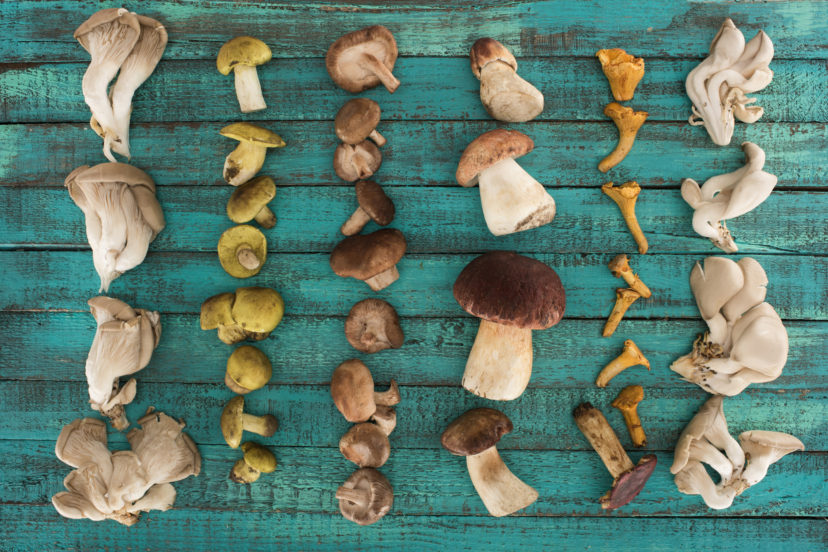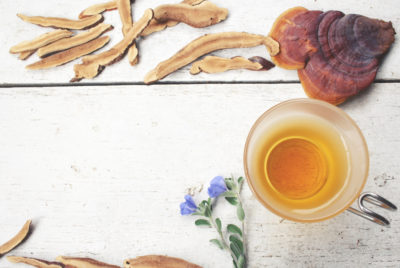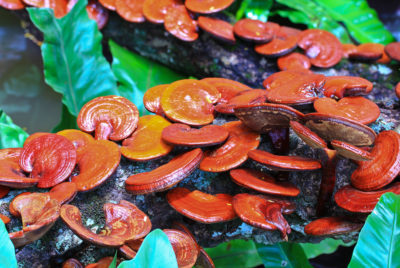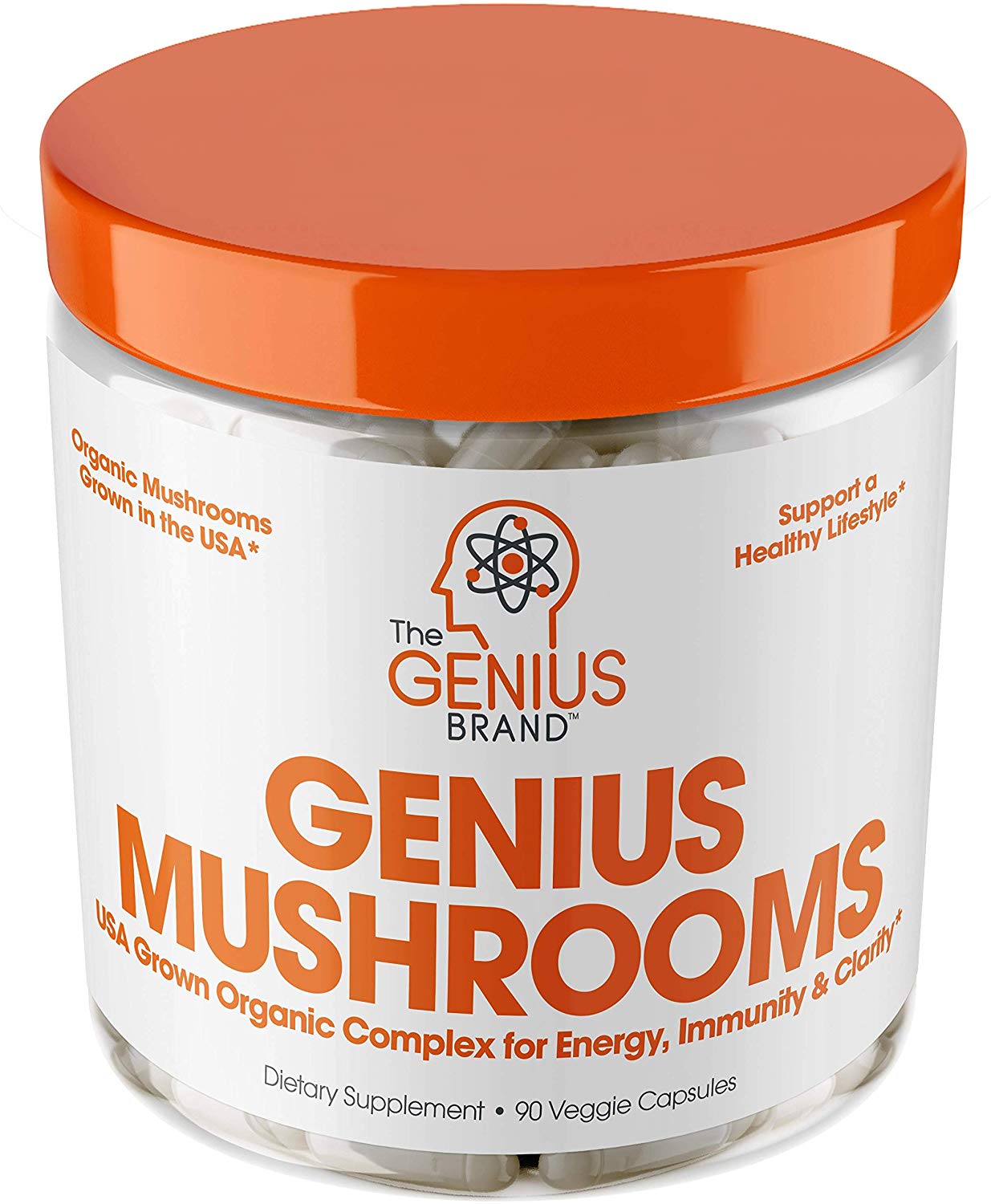The Four Mushroom Categories

If you are thinking of growing your own medicinal mushrooms, it can be overwhelming and intimidating to know which type of edible mushroom to grow.
There are so many different kinds and species especially if you are interested in considering their medicinal benefits.
Scientists have managed to reduce the classification down to the four mushroom categories based on their similarities, characteristics and how they take in nutrients.
1. Saprotrophic
2. Endophytic
3. Parasitic
4. Mycorrhizal
To be sure you grow the mushroom you really want, it is essential to understand the categories. Then you can choose the right mushroom for you.
You can buy a blend of all the common mushrooms extracts as capsules to take advantage of the many health benefits.
Saprotrophic
This category includes a large portion of the most commonly edible mushrooms you can find including White Buttons, Portabellas, Shiitake, Morels, and Cremini.
These mushrooms get their nutrients by breaking down the plant material of decaying or dead trees where they will be found. As a result, they aid in faster decomposition of these decayed or dying trees.
The Saprotrophic species are further broken down into two; litter decomposers and wood decaying fungi. Litter decomposers are found in the areas surrounding decaying trees and feast on broken plant matter, while wood decaying fungi like Reishi mushrooms break down the wood of the trees on which they host.
Saprotrophic mushrooms need the right conditions and environment for them to grow successfully, This includes water and oxygen which is an essential for mushroom growth, an acidic soil with lower or equal to 7 pH, and preferably a cooler region.
Many people like to use a mushroom blend powder that can be added to food or drink or store frozen mushrooms as a quick and easy way to get the medicinal benefits of these mushrooms.
Endophytic
Similar to the parasitic mushrooms, endophytic fungi take over the tissue of their host but do not damage or kill the host. In fact, they assist the host plant in obtaining nutrients from the soil, provide water, and a help build a stronger immune system.
Endophytes is a species that has a symbiotic relationship with their host.
Even though almost every plant is infected with endophytic fungi of some kind, they cannot produce mushrooms. If you go mushroom hunting you will most likely not find any of these types of mushrooms as they are very hard to find and are usually grown in a laboratory.
Parasitic
Parasitic mushrooms as the name suggests, get most of the benefit. The plant, not so much.
The most renowned example of parasitic mushrooms are Cordyceps.
These mushrooms are cultivated on the backs of caterpillars and similar bugs and replace the caterpillar or bug’s tissue with their own while draining nutrients which ultimately leads to their death. There are even parasitic mushrooms that cause enormous medical and infection problems by attaching to humans.
The most well known parasitic mushrooms are the Chaga and Lion’s Mane which are found on the barks of trees.
Mycorrhizal
Mycorrhizal mushrooms are a species that provides benefit to the host plant from which they derive their benefit. This is known in technical jargon as being ‘symbiotic’.
The Mycorrhizal takes its nutrients in the form of sugar from the plant and then provides the host with water and protection from various diseases.
There are numerous categories of Mycorrhizal mushrooms. The majority are found as ectomycorrhizas. This category of mushrooms attaches to the roots of a plant and grow through the soil as an extension to the plants root system allowing them both to benefit by reaching deeper areas of the soil to obtain nutrients.
Mycorrhizal mushrooms mainly include truffles and chanterelles which are well known in ‘foodie’ circles to be “king” of the mushrooms, with a price to match.
Wrap Up
It is said that knowledge is power.
There so many types of medicinal mushrooms available that you will find at least one you enjoy and love to eat. Armed with the knowledge of the four mushroom categories, will help if you want to buy mushroom spores, grow mushrooms or even go mushroom hunting.
Like This Article? Pin it on Pinterest






